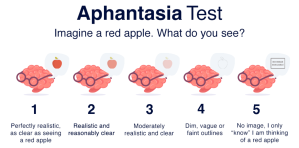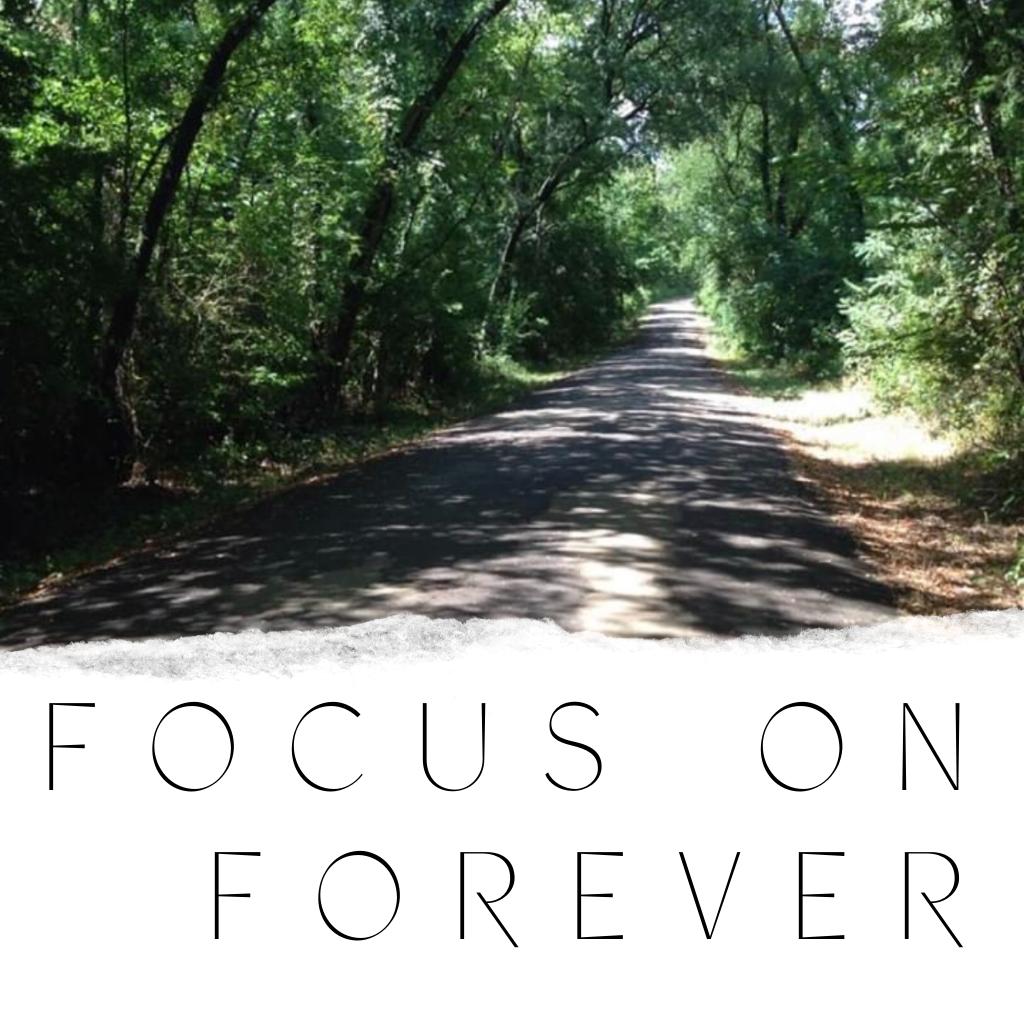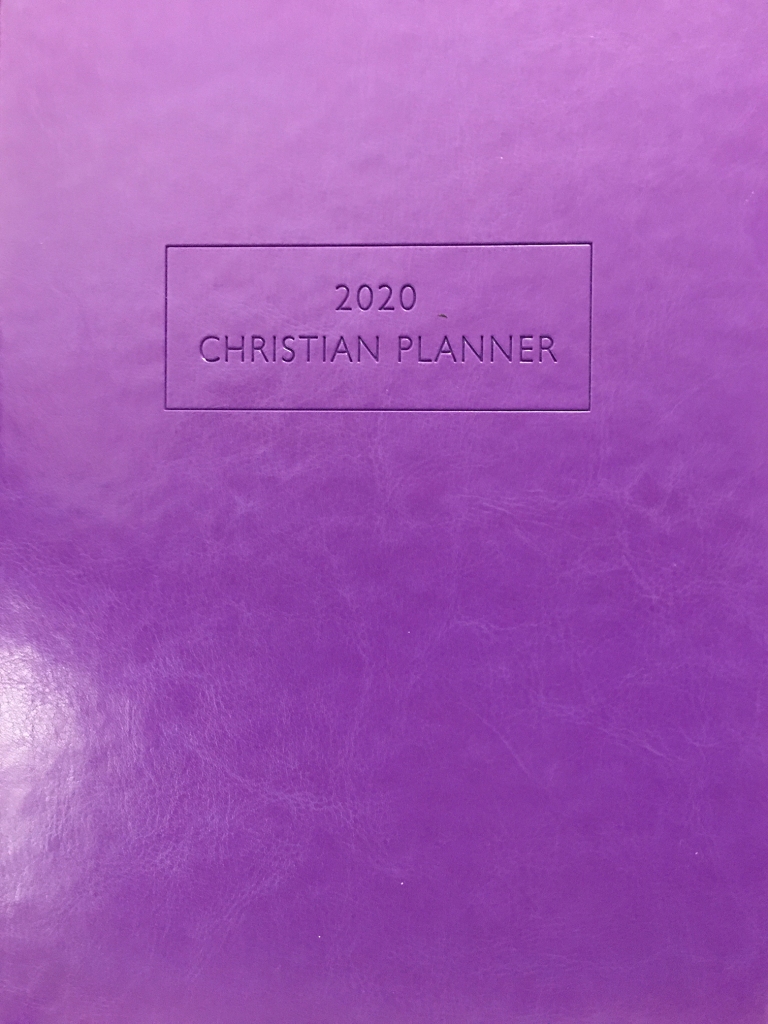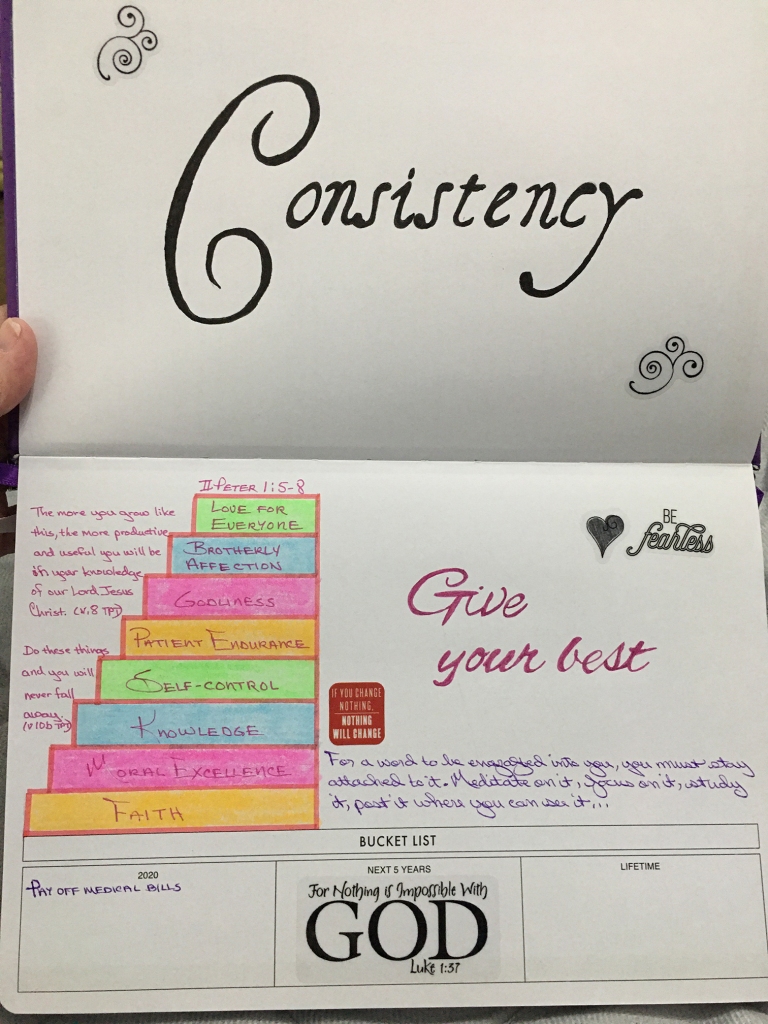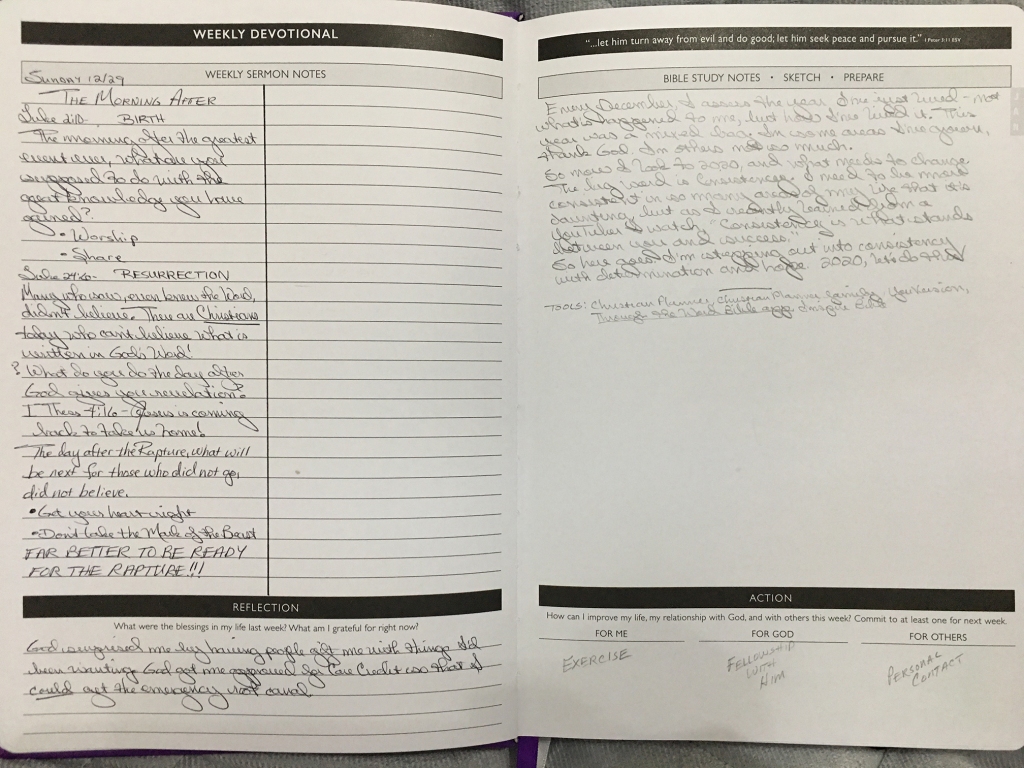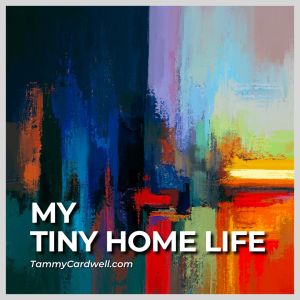
We’re nearing the end of the official tour with only this, the headboard wall, and then my bedroom area. I will continue to make occasional posts as I change things or implement new storage solutions I want to share.
This area, my “get ready & go” space, is by the door. So, for perspective, here is a shot I took while standing in my open front door.

The teal blue curtain covers the closet, and the four hanging photos are on the closet’s end wall. This blue lingerie chest, which I’ve had for years, was kept firmly in mind when determining the size of the closet. There is just enough space between it and my open door. Truly, we made every inch count.
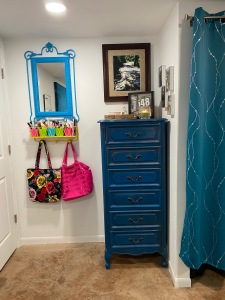
Every time someone sees a photo of it, I’m asked about this lingerie chest, which is obviously a great solution for small spaces. This lovely thing is a relic of the 70s. I picked it up at auction and had a talented friend repaint it from its original ivory and gold. The drawers seem small, but it holds an amazing amount of my clothing. An amazing amount! This is where I put sweaters and other knits I don’t want to hang, shirts that don’t have to be hung, shorts, pajamas, lingerie, socks…even my electric razor simply because it fits. This is one of the most important pieces in my little home; if you can find one, you’ll love it!
As you look at this picture, it becomes quickly obvious why I call it my get ready and go corner. Getting dressed, putting on makeup, and even tossing on what little jewelry I wear and a spritz of cologne all pretty much happens right here. There are three pegs under the yellow shelf. Two of them always hold these two bags; well, they’re there unless I’m using one, which happens a lot. The third, middle peg, generally holds my little crossbody purse so I can snatch it up on my way out the door.
The lighting, which is the same inset LED fixture you find throughout the apartment, is perfect for makeup application. This is such an “obvious” solution for my makeup that it seems ridiculous how long it took me to come up with it. If you remember the bathroom tour, you might recall that I started out doing my makeup in there.

Here you get a better understanding of my makeup storage, as well as a glimpse at the front door and wall. The little colored basket things you see are rubber. I picked them up on clearance at Hobby Lobby years ago, and they have served in a variety of ways ever since. They fit perfectly here, leaving just enough space for me to slip eye shadow palettes around the edges.
The mirror is a heavy brass piece that I picked up cheap at an auction and spray painted one of my favorite colors. The yellow shelf is yet another offering from my decorator friend. It is a wonderful thing, having friends with gifts like hers!
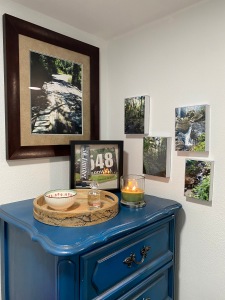
I only recently “finished” the top of this chest. In fact, it was knowing I would soon be writing this post that pushed me to get on the ball. (Motivation is a good thing!) It needed that final “something,” which ended up being this burned wood tray. I wanted unpainted wood, because one of the beautiful things about this apartment is that they finished it with a lovely variety of woods, and I felt this vignette lacked that touch.
I found the Phirkcraft 12″ Round Wooden Serving Tray with Handle on Amazon. Of course.
I’ve mentioned before that it’s important, especially in small spaces, to surround yourself with things that have meaning for you. This corner does that in spades. The large print on the wall is a photo I took (with my iPhone 5, believe it or not) of an old bridge right down from the family cemetery. It has meaning on so many levels!
First, I have a thing for pathways. To me, they represent the unanticipated adventures that lie ahead. You never know what’s around the corner. Even if you can safely guess, you don’t know for sure until you get there. I see pictures of pathways and I dream of what they’re not revealing.
But there’s a lot more going on with me and this particular photo.
Two of the greatest people I ever knew were my mother’s parents. Their home, on their 76-acre farm/ranch, was my absolute favorite place in the whole world. Over the years of visiting and staying with them in the summer, and even one year spent living right up the road from them, we traveled a lot of country backroads and went over many of these scary bridges. Yes, I said scary. I was a cautious child, and driving over those one-car bridges without safety rails made me nervous every time.
But the memories are still good, because any time I expressed concern Grandaddy would lovingly reassure me that we were perfectly safe, and he was always proven right. (He was proven right when he assured us the dogs would keep the howling wolves away from the house too.) So, in a kind of twisted way, this bridge also represents security and a grandfather’s love.
And then, there is the fact that this exact bridge was right down from where he and so many other members of my family are buried; it should be no surprise I have it on my wall. That old wooden bridge is gone now. I found out from relatives in the area that it was replaced with a modern construct shortly after I took this photo. I’m so glad I didn’t miss that opportunity!
The four photos on the other wall (Surprise surprise…2 are pathways) are from the El Yunque National Rainforest in Puerto Rico. These are from one of the trips I took with my sister, and I have to say that, in all the places we’ve stopped on cruises, Puerto Rico is by far my favorite. I would really like to go back and stay there a while, preferably exploring it with locals, as opposed to only having a few hours while on a cruise. I cannot express the beauty, on all levels, of Puerto Rico!
Finally, we have a bucket list item represented in the shadow box that sits on the chest.
I’m not a huge exercise fan, but I do enjoy walking, and for years I told myself that I was going to one day walk a 5K. That day came when wanting to support a friend who ran our local half marathon/5K, combined with the knowledge that both my nephew and son were going to be involved, pushed me into making the commitment. I didn’t get to train as much as I wanted to, but I was in pretty good shape and knew I could do it, if slowly.
My son competed in the half marathon with my granddaughter, who had trained a bit with him, but who also had to be carried part of the way. Consequently, their time wasn’t what he would have liked, but it was a great daddy/daughter experience, and I was proud of them both. (Random note, she now runs cross country in school.) My nephew walked with me, and since he had been training more than I had, it was he who set the pace. Where I might have lagged, he kept pushing, and we made it through the course in under an hour. Great time? No. But I was extremely glad I’d done it and am still proud of myself for following through on something I’d always wanted to do.

Having a bucket list or just dreams is a good thing.
Following through and doing the thing; that’s the best.
So if you do, keep reminders of your accomplishment.
Be blessed, my friends!
Celebrating Jesus,
Tammy C

